Industry news
How to Remove TDS from Water
Writer: admin Time:2024-10-14 09:56:20 Browse:1090℃
One of the important variables influencing water quality is Total Dissolved Solids (TDS). Understanding what TDS is and exactly how to regulate it is vital for making sure safe and healthy and balanced water for usage. In this overview, we will certainly discover what TDS is, how to lower it, and just how to gauge it, in addition to its impacts on water quality and the distinction in between water firmness and TDS.
What is TDS?
Total Dissolved Solids (TDS) refer to the consolidated material of all inorganic and organic materials had in a fluid. These compounds are existing in a molecular, ionized, or micro-granular suspended type. TDS in water can include a selection of elements such as calcium, magnesium, potassium, salt, bicarbonates, chlorides, and sulfates. While some dissolved solids are necessary for health, too much levels can result in unfavorable effects. High TDS degrees can affect the preference of water, decrease its palatability, and potentially present health and wellness dangers if damaging substances are present.
How to Decrease TDS in Water
Lowering TDS in water is crucial for boosting its high quality and guaranteeing it is risk-free for intake. Below are some efficient approaches to achieve this:
Reverse Osmosis (RO): Among the most popular and reliable approaches for minimizing TDS is Reverse Osmosis. This procedure involves compeling water via a semi-permeable membrane layer, which strains a substantial quantity of dissolved solids and impurities. RO systems are extensively made use of in households and sectors due to their efficiency in supplying tidy water.
Purification: This procedure involves boiling water and then condensing the vapor back right into a fluid. Distillation properly eliminates TDS by dividing the water from its contaminations, as the liquified solids continue to be in the boiling chamber.
Deionization (DI): Deionization uses ion exchange resins to eliminate mineral ions, such as cations and anions, from water. This process is commonly used in laboratories and industrial settings where extremely pure water is required.
Electrodialysis: This method makes use of electrical potential to relocate charged ions via selective membrane layers, properly reducing TDS levels. It is generally used in desalination and water treatment centers.
Carbon Filtration: While not as efficient as RO or purification, turned on carbon filters can help in reducing certain sorts of TDS, specifically natural compounds and chlorine. They are typically used in combination with various other purification methods for much better results.
How to Measure TDS
Measuring TDS is a simple procedure that can be done using a TDS meter. Below's how you can gauge the TDS degrees in your water:
TDS Meter: TDS meters are widely available and cost effective. They measure the conductivity of the water, which associates to the TDS level.
Calibrate the Meter: Prior to use, make certain that your TDS meter is adjusted according to the maker's guidelines to obtain exact analyses.
Collect a Water Sample: Utilize a tidy container to accumulate an example of the water you intend to examine.
Insert the Meter: Transform on the TDS meter and submerse the probes into the water sample. Await a stable reading to appear on the display screen.
Record the Reading: The presented value suggests the TDS level partially per million (ppm).
Consistently examining your water's TDS degrees can help you check its top quality and identify if therapy is necessary.
Impacts of TDS on Water Quality
Taste and Palatability: High TDS levels can lead to a salty, bitter, or metallic taste in water, making it less enjoyable to drink.
Health Implications: While moderate TDS levels are generally not harmful, extremely high levels can indicate the presence of harmful contaminants, such as heavy metals or nitrates, which pose health risks.
Scale and Corrosion: Elevated TDS levels can cause scaling in pipes and appliances, leading to reduced efficiency and increased maintenance costs.
Agricultural Impact: High TDS levels can affect soil quality and plant health, impacting agricultural productivity.
Water Hardness VS. TDS
While TDS and water hardness are associated, they are not the same. Water solidity mainly refers to the focus of calcium and magnesium ions in water. Hard water can cause scaling and soap inadequacy yet does not always influence the taste like high TDS degrees do. TDS, on the various other hand, incorporates a broader range of liquified solids, consisting of salts, minerals, and metals.
Conclusion
Understanding and managing TDS levels in water is crucial for ensuring its quality and safety. By employing methods such as reverse osmosis, distillation, and deionization, you can effectively reduce TDS and improve the taste and safety of your drinking water. Regular monitoring with a TDS meter can help you stay informed about your water's quality. As we strive for healthier living, being aware of TDS and its effects can guide us in making better choices for water consumption.
Yosemitech has focused on R&D, production and sales of Water Quality Sensor for more than 10 years. We offer probes and sensors for parameters like pH, ORP, Dissolved Oxygen, Conductivity, Chlorine, etc. Feel free to contact us!
CATEGORIES
CONTACT US
Yosemitech Technologies Co., Ltd
 +86 19984844080
+86 19984844080
 sales@yosemitech.com
sales@yosemitech.com
 Bldg,25,CECEP Industrial Park, No. 18 Dongchang Rd. Suzhou Industrial Park, Jiangsu Province,China 215126, China
Bldg,25,CECEP Industrial Park, No. 18 Dongchang Rd. Suzhou Industrial Park, Jiangsu Province,China 215126, China







